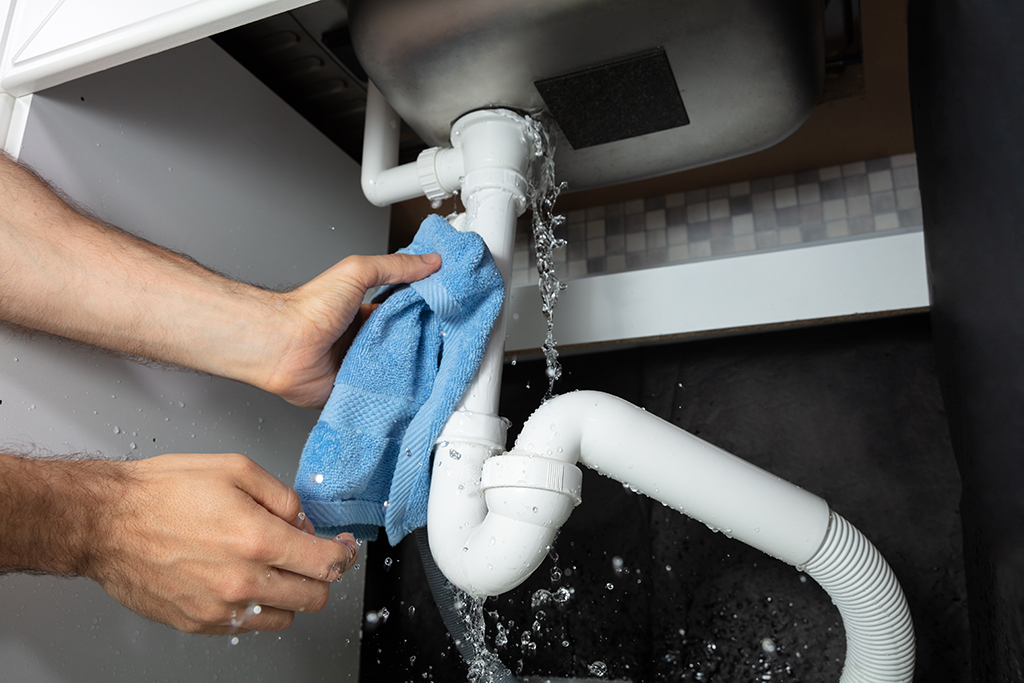
What is the function of a sump pump in plumbing maintenance?
Posted by on 2025-01-02
A sump pump plays a crucial role in maintaining the plumbing system of a building. Essentially, its function is to prevent flooding by removing excess water from the basement or lower levels of a structure. This is particularly important in areas prone to heavy rainfall or where the water table is high.
When rainwater seeps into the ground around a building, it can accumulate in the soil and eventually find its way into the basement or crawl space. Without a sump pump, this water can cause damage to the foundation, walls, and belongings stored in these areas. The sump pump works by collecting this excess water into a pit known as a sump basin, and then pumping it out through a discharge pipe away from the building.
In addition to preventing flooding, a sump pump also helps to maintain good indoor air quality by reducing moisture levels in damp basements. Excess moisture can lead to mold growth and mildew, which can pose health risks to occupants of the building. By keeping the area dry, the sump pump helps to create a healthier living environment.
Regular maintenance of a sump pump is essential to ensure that it functions properly when needed. This includes inspecting the pump for any signs of wear or damage, testing it periodically to make sure it turns on automatically when water levels rise, and cleaning out debris from the sump basin. Proper maintenance can prolong the life of the pump and provide peace of mind knowing that your property is protected from potential water damage.
In conclusion, a sump pump plays an important role in plumbing maintenance by preventing flooding and maintaining good indoor air quality. By ensuring that your sump pump is well-maintained and functioning properly, you can protect your property from water damage and create a safe and healthy living environment for yourself and your family.